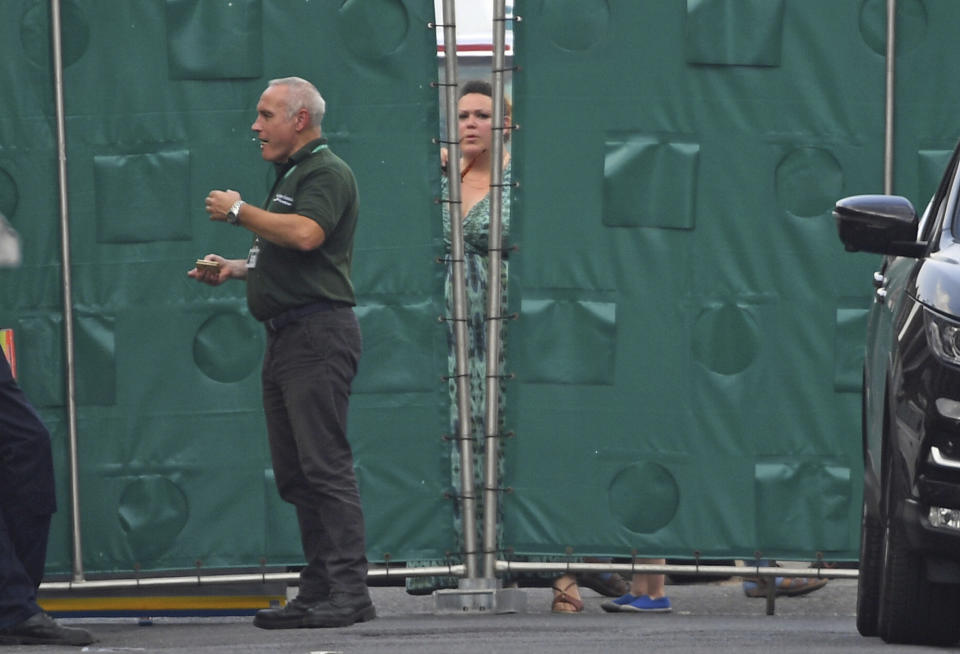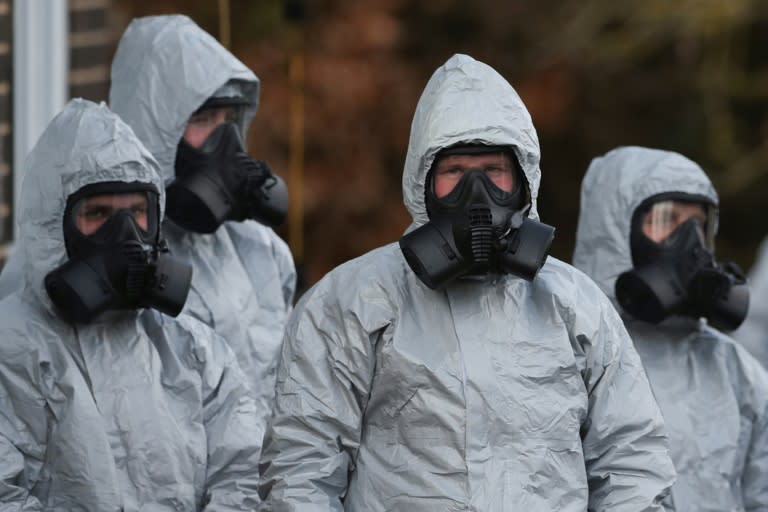Weapons expert busts conspiracy theories about the Wiltshire Novichok attack

When two British people collapsed, reportedly foaming at the mouth, in Wiltshire this week, a well-oiled conspiracy machine sprang into action.
Pro-Russian conspiracy theorists claimed on social media that the poisoning was – once again – a ‘false flag’ attack engineered by Britain.
Nerve agents ‘dissipate in the air’, one poster claimed: another described the story as ‘absolutely absurd’.
But nerve agents like Novichok were actually designed to persist in the environment, explains chemical weapons expert Dan Kaszeta, who worked for 12 years at the White House.
Kaszeta says, ‘The stuff was engineered to be persistent.

‘The idea when Novichoks were first invented was to have chemical warfare agents that could contaminate equipment (e.g. tanks, etc.) and land (e.g. ports, airfields) for a long period of time to make their use problematic.’
‘Good nerve agents were made with shelf life in mind.’
How could a nerve agent survive in the environment for months?
Novichok, which means newcomer in Russian, was developed by the Soviet Union in the 1970s as a new kind of chemical weapon that would be harder to detect, more potent than existing nerve agents and exempt from the Chemical Weapons Treaty.
Conspiracy theorists have claimed that it’s impossible for the chemical to have persisted in the enviroment – especially as there has been rain since the attack in March.
Kaszeta says that such chemicals can persist for a long time in the environment, especially if conditions are right.
Kaszeta says, ‘Generally, nerve agents last longer in situations where they are cool and dry. Moisture is not good for their long-term survival.
MORE: Cat left with serious burns after collar MELTS onto its neck during UK heatwave
MORE: Dangers of frozen sweetcorn highlighted as eight die in food poisoning outbreak
‘They tend to absorb into things that are porous, like cloth, dirt, rubber, etc.
They could conceivably last a long time, say, on the soles of some boots in the closet.’
Aren’t nerve agents supposed to be ‘100% lethal’?

One of the most persistent myths peddled by conspiracy theorists is the idea that Novichok ‘could not’ have been used, as the Skripals survived.
George Galloway wrote on Russia Today, ‘if it had been [Novichok], they would have both been dead in the short walk from the doorknob to the car or certainly before they had driven to the end of their street.’
But that’s not actually true, Kaszeta says.
Kaszeta says, ‘Nothing’s ever 100% lethal in the real world. Poisons are never 100% lethal. Even a bullet in the head isn’t always lethal
‘Poisons are dangerous/deadly depending on a dose. Low dose, less harm. Bigger dose, more harm.’
Kaszeta explains that nerve agents work extremely quickly when inhaled, but less quickly when absorbed via the skin.
The dose could also be affected by whether a person was wearing gloves, or whether they washed their hands after the attack.

 Yahoo News
Yahoo News 

